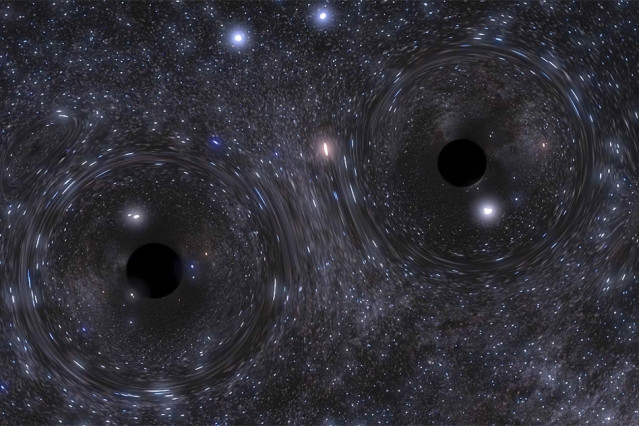
A 3D map of Jupiter’s North Pole
During the general assembly of the European Geosciences Union General Assembly in Vienna, scientists of NASA’s Juno mission showed a 3D map that reproduces cyclones and anticyclones in the planet Jupiter’s polar regions. In particular, they created an animation of a flight over the North Pole. Using data collected by the Juno space probe they were also able to create the first detailed view of the dynamo that powers the planet’s magnetic field.





